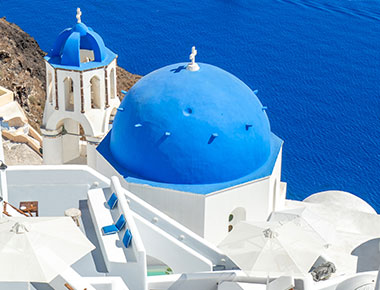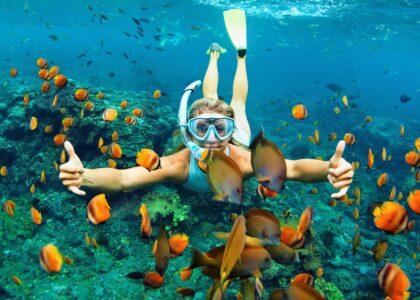In Venice, visitors are supposed to behave themselves. The city in northern Italy has been combating the detrimental effects of mass tourism for years. Though Government has introduced norms now and then albeit there is no difference.This summer, new regulations for tourists are being implemented as a result. Walking about the city naked or swimming in the canals are now prohibited activities. Additionally, visitors should be careful where they sit down because it is illegal to do so on pavements, bridges, the edges of fountains, and steps. Infringers will be penalized. The aim is to bring a change in the tourism regime altogether.
Italy has introduced entrance fees to some of its popular tourist attractions. This measure is being taken to to help control the number of visitors. And generation revenue for local authorities is also a key motive. Venice now requires tourists to pay an entrance fee of €3 to €10 to access the city and its islands. This has helped in reducing the visitors. Improving the quality of life for locals is also a concern government is looking at. REgulations imposed by Govt of Italy is need of the hour.
Another key point is that Locals have raised about mass tourism which led to such regulations in Italy and its impact on Venice’s fragile ecosystem are indeed valid. Above all, Venice is a unique city built on a series of islands within a lagoon. The delicate balance between the built environment and the natural ecosystem has been under significant stress. The main reason is high volume of tourists, transportation systems, and their associated effects. Here’s some additional information about the situation:
Overcrowding: Venice has been grappling with an excessive number of tourists, often overwhelming the city’s infrastructure and natural resources. The sheer volume of people visiting the city can lead to congestion, pollution. Wear and tear on historical buildings and public spaces is also a reason
Transportation Impact: Another reason is the use of cruise ships, tour boats, and other water-based transport systems can contribute to the erosion of the canal walls and disrupt the delicate aquatic ecosystem. The propellers from these vessels can stir up sediment, affecting water quality and damaging underwater habitats.
Environmental Disruption: The lagoon ecosystem is sensitive and supports diverse marine life. The disturbance caused by heavy traffic can harm aquatic plants and animals, leading to imbalances in the ecosystem. Additionally, pollution from ships can introduce harmful substances into the water. As a result, there is entire disruption in Ecological areas. Due to all this Government is compelled for regulations
Land Subsidence: Venice is also experiencing the phenomenon of land subsidence, where the ground is sinking over time. This natural process, combined with the extraction of groundwater for various purposes, contributes to the city’s vulnerability to rising sea levels comparatively to previous years
Saltwater Intrusion: As you mentioned, the increased disruption to the lagoon system has led to saltwater intrusion, making the lagoon’s water salinity more similar to the nearby Adriatic Sea. This can impact the availability of freshwater for various uses and can harm the flora and fauna that rely on a specific balance of salinity. As long as, this will keep happening, it will become difficult for tourists to get Visas. As I have noticed, the rejection reason of Italy Visa is quite high these days.
In response to these challenges, there have been efforts to address the environmental impact of mass tourism and protect Venice’s unique ecosystem:
-
- Regulations and Restrictions: Venice is implementing regulations to manage the influx of tourists. The measures are controlling the number of cruise ships entering the city and limiting the use of motorized boats.
-
- Sustainable Tourism Initiatives: Efforts are being made to promote responsible and sustainable tourism practices. This includes encouraging visitors to follow designated routes. Avoid littering, and be respectful of local culture and heritage.
-
- Infrastructure Improvements: Projects have been proposed to strengthen the canal walls, reduce erosion, and mitigate the impact of boat traffic on the lagoon’s ecosystem.
-
- Awareness and Advocacy: Environmental organizations, local communities, and architectural experts are advocating for greater awareness of the issues and the need for long-term solutions to ensure the survival of Venice’s unique ecosystem and cultural heritage.
Solving the complex challenges posed by mass tourism and its impact on Venice’s environment will require a multi-faceted approach. It will involve collaboration between government authorities, local communities, environmental experts, and the tourism industry. If all these pointers are taken care of, I am sure there will be positive rise in Visa acceptance of Italy.






